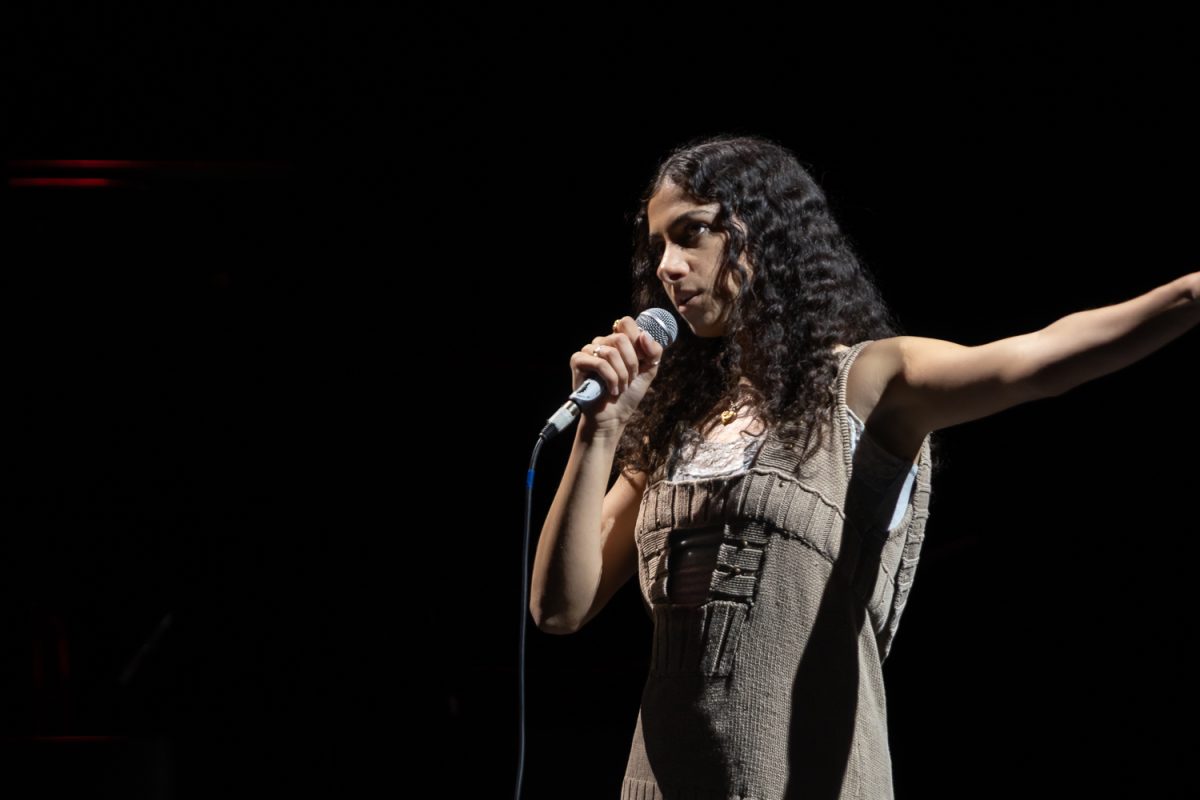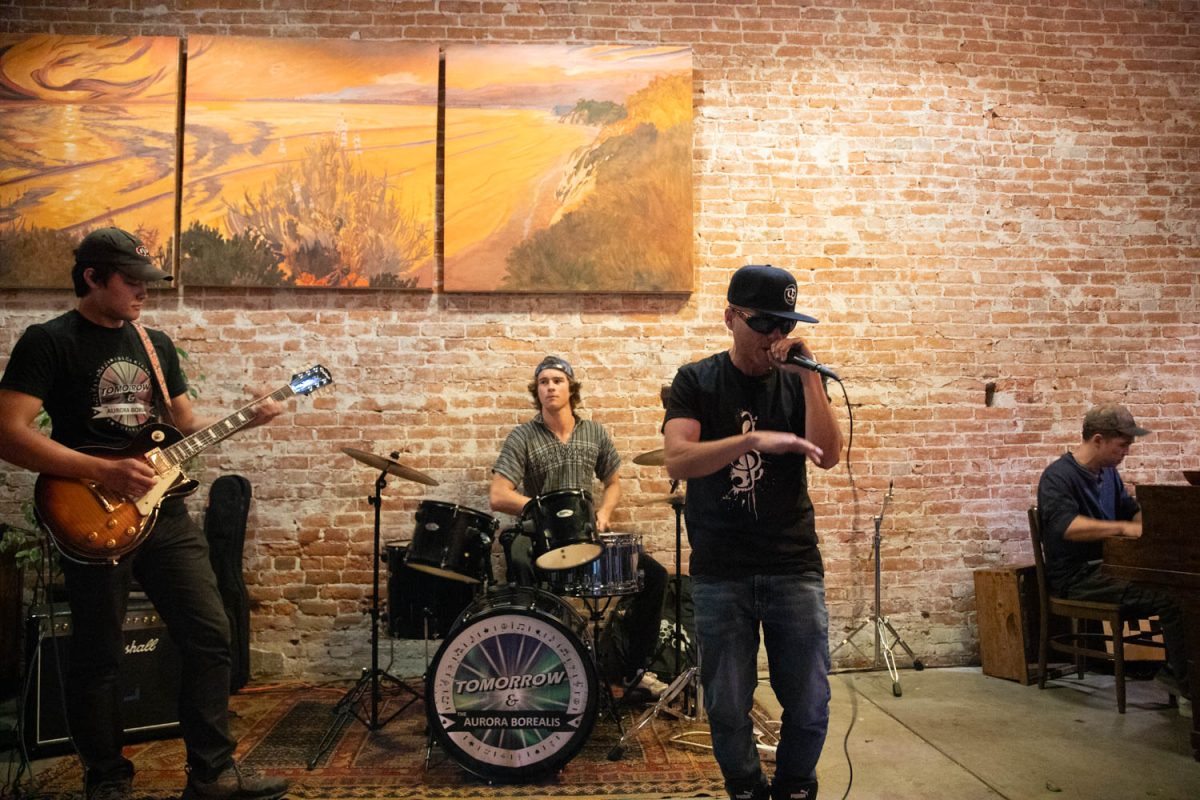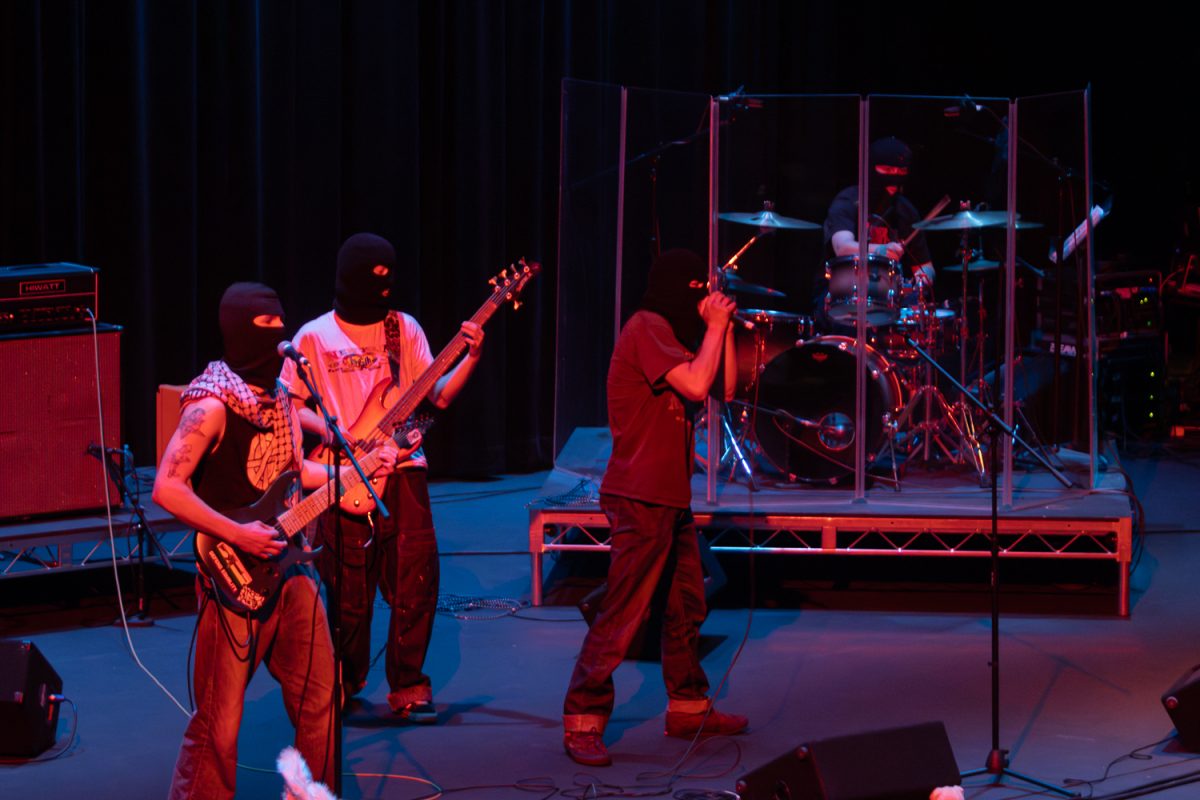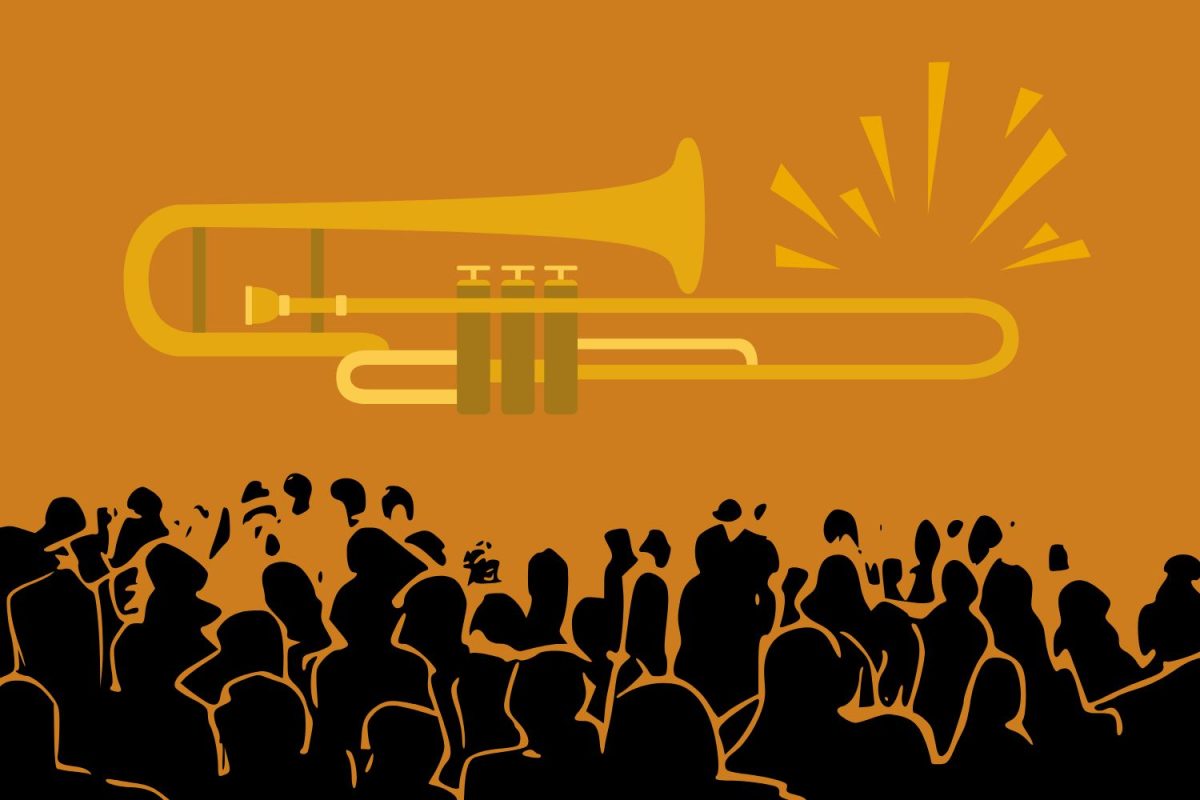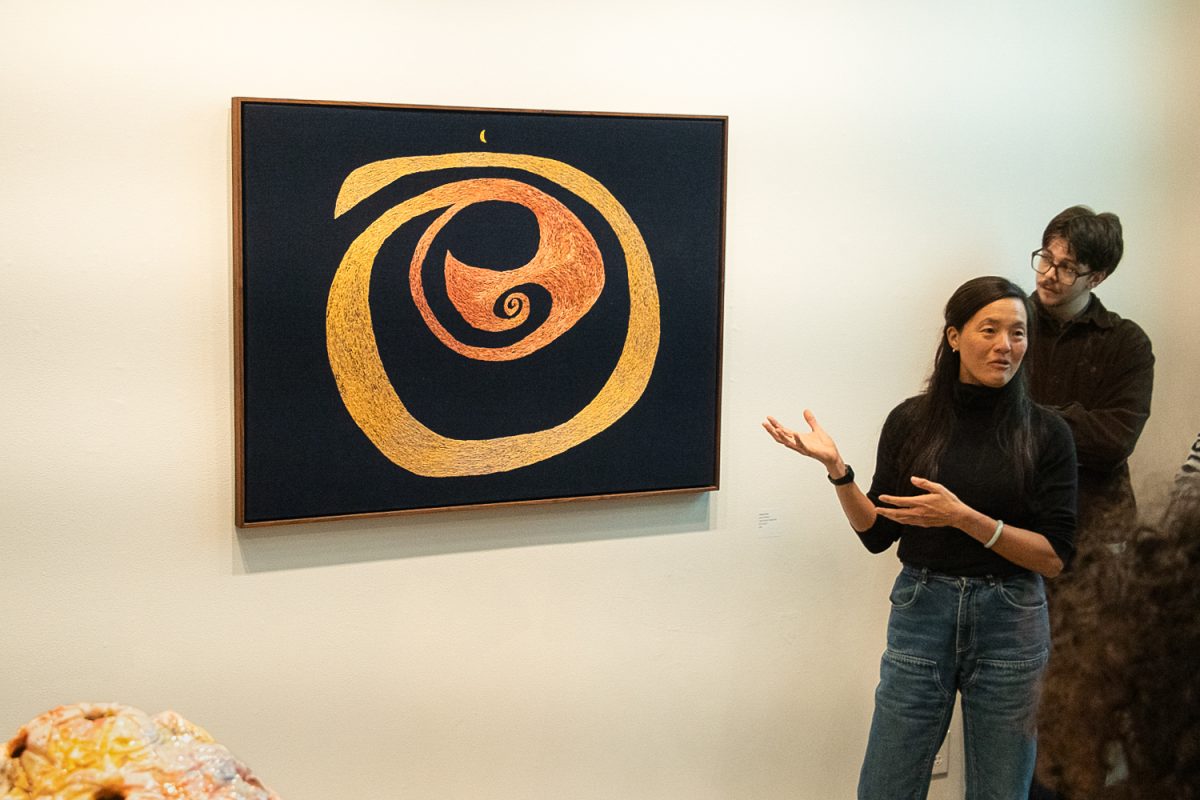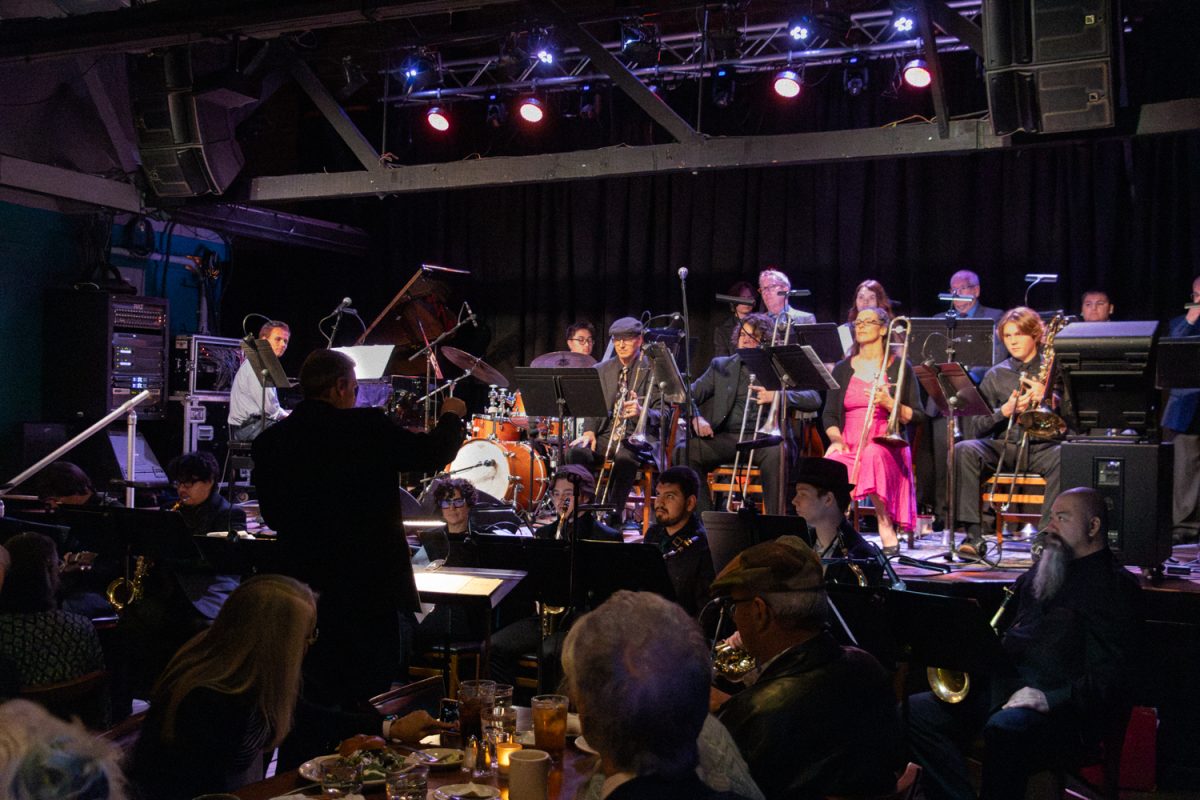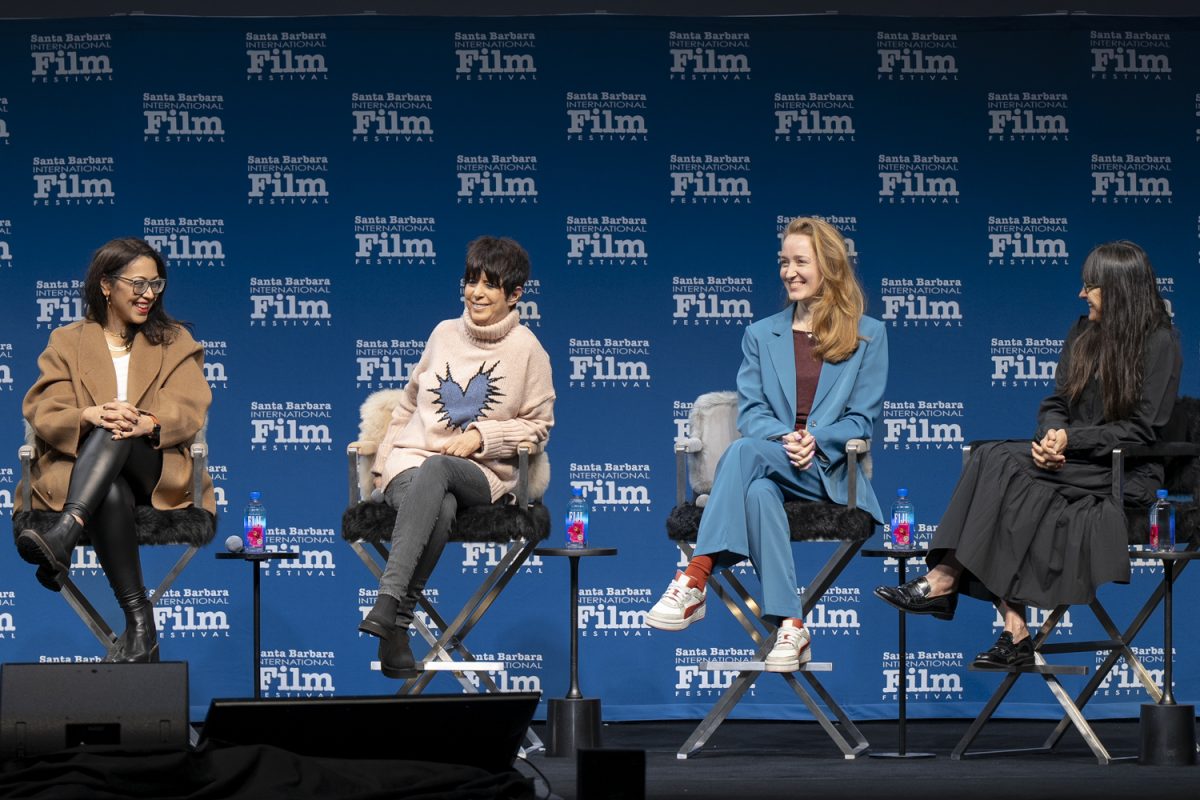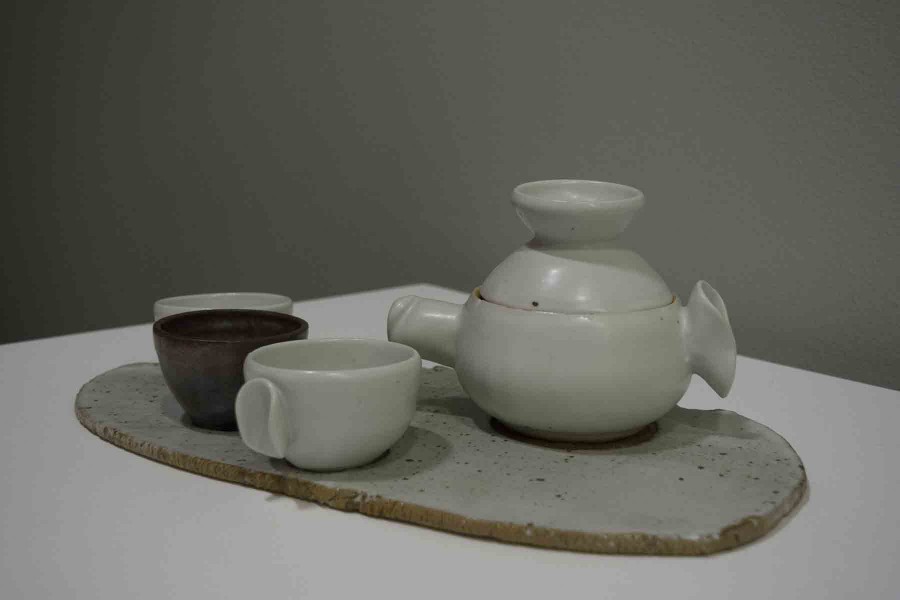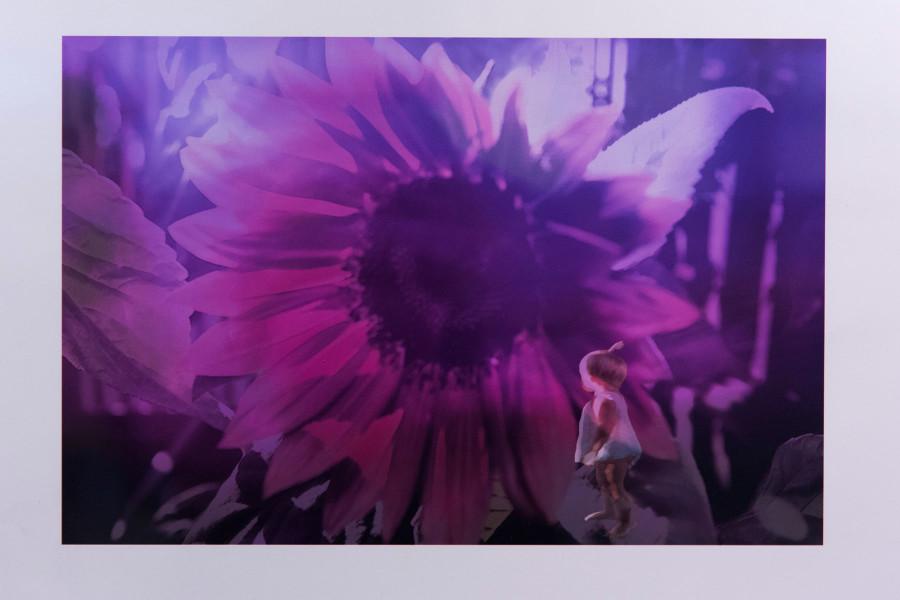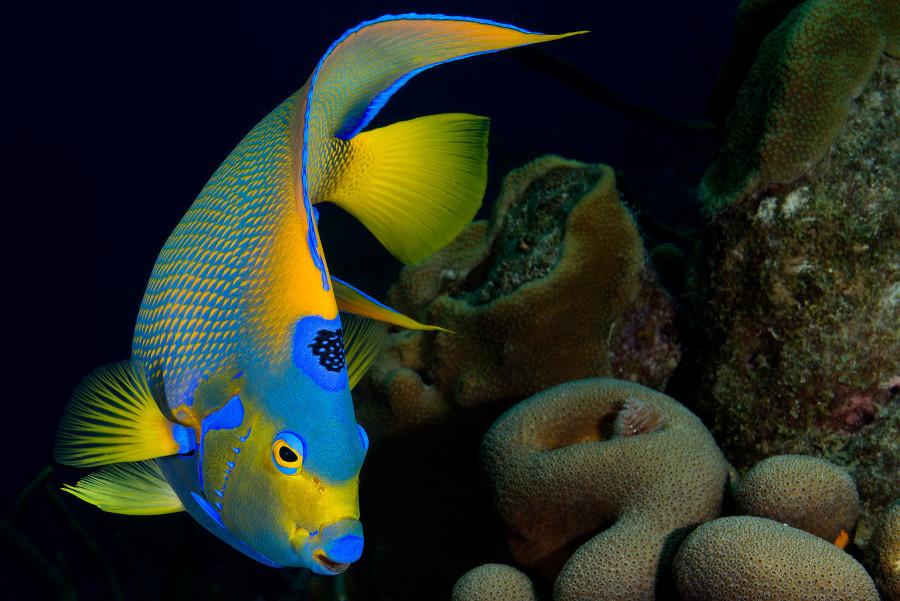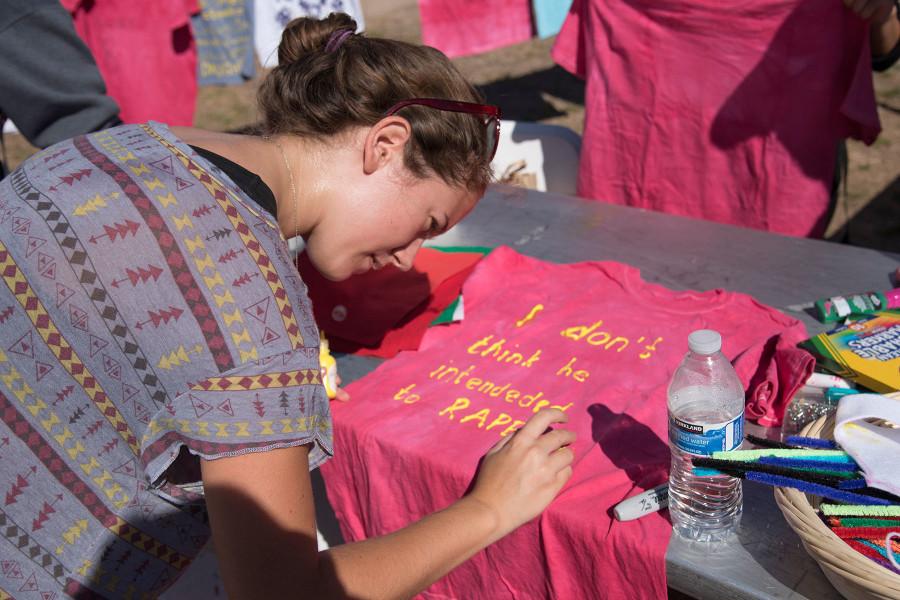Teapots, vases, and porcelain figurines. These three things often come to mind when thinking about conventional ceramics, but this traditional expectation is skillfully broken by artist Jenchi Wu’s current exhibit at City College’s Atkinson Gallery.
Working primarily in a large scale, each of her works have a strong presence upon entrance into the gallery.
One of her instillations, “Cluster,” is made up of 80 exceptionally thrown pieces of stoneware that are individually connected to a wire. This piece plays with the viewer’s expectation of the objects themselves as something that is functional. On the bottom of each jar is an opening and the top of the pieces comes to a point. The pieces hang on the wall and are layered one on top of the other. The layered pieces radiate from a central point on the wall to create an arc that curves out of the wall and upward.
Though the overall feel of the pieces is organic, she uses geometric shapes to create a juxtaposition, which invites the viewer in to study how the medium of clay and slip has been manipulated.
The force of gravity plays a character in many of her pieces. In the instillation titled “DNA-Don’t Nudge Art,” three vertical pieces hang from the ceiling. Each piece is made up of several closed thrown vases piled one on top of the other. At the bottom of each is a crumpled piece that looks as if it has fallen from the instillation.
Wu received her bachelor’s degree in arts at California State University, Northridge and her master’s degree in fine arts at California State University, Los Angeles. She has taught at colleges in the Los Angeles area and is currently head of ceramics at Ventura College.
Wu’s ceramics ask the viewer to see them from every angle possible. Her piece titled “Duality” uses color, form, and an element to bring viewers in.
On the floor are two rectangles of slip that have been poured on the ground and left to dry leaving the affect of dry ground. One side of the rectangle is the white of the stoneware and the other is of dark brown clay. At the edge of the piece is a large two by two foot cube made from thrown pieces that have been squished together and fired. Again, the one side is white and the other a deep brown.
Her piece, “Prop,” is one of the larger and heavier pieces. It is a tree branch, which holds up another two by two foot cube, which occurs again and again throughout the room. Its presence is immense and brings both textures from the cube, but also from the natural wood it is connected to. It implies the connection between the earth and humans and their exchange with one another.
Overall, Wu presents a fulfilling array of work, which challenges the usual expectations






